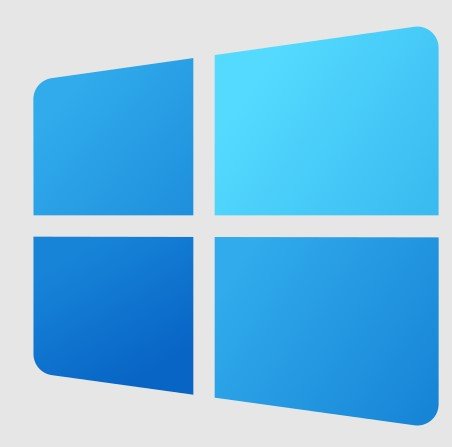Microsoft has confirmed a $61 fee for business users to keep getting security updates for Windows 10 after support ends on October 14, 2025. This move affects millions of devices worldwide, with experts warning that total costs could exceed $7 billion as companies scramble to stay secure.
The Looming Windows 10 Deadline
Businesses and home users alike face a critical cutoff date next month. On October 14, 2025, Microsoft will stop providing free security updates and support for Windows 10, leaving devices vulnerable to new threats.
This end-of-support date has been known for years, but recent data shows many organizations have not upgraded yet. Analysts point out that without updates, systems could face higher risks from cyberattacks, which have surged in recent months.
The decision ties into Microsoft’s push for Windows 11, which offers better security features. Yet, not all devices can make the switch due to hardware limits.
Recent events, like major cyber incidents targeting outdated software, highlight the urgency. For instance, a global outage earlier this year showed how unpatched systems can disrupt operations.

Breaking Down the Costs for Businesses
For business users, the Extended Security Updates program starts at $61 per device for the first year. This fee doubles each year after that, reaching $244 by the third year.
Experts from firms like Nexthink have crunched the numbers. They estimate that around 120 million Windows 10 devices might still be in use by the deadline, leading to potential spending of over $7 billion in the first year alone.
This calculation assumes most enterprises opt for the paid updates to avoid security gaps. Skipping them could lead to costly breaches, with average data breach expenses hitting $4.45 million last year, according to industry reports.
Small businesses might feel the pinch hardest, as they often lack resources for full upgrades. Larger firms, however, may use this as a bridge while planning migrations.
| Year | Cost Per Device | Notes |
|---|---|---|
| Year 1 | $61 | Basic security patches only |
| Year 2 | $122 | Doubles from previous year |
| Year 3 | $244 | Final year of available ESU |
Options for Home Users and Educators
Home users get a different deal. Microsoft now offers a free one-year extension through cloud activation, a recent change that surprised many.
Consumers can also pay $30 for an extra year of updates, but only for the first year. This is the first time individuals have this paid option.
Educators and schools benefit from low or no-cost plans. Some programs provide updates for as little as $1 per device, aimed at keeping classrooms secure.
These choices reflect Microsoft’s effort to ease the transition. Recent announcements show the company responding to user feedback, including backlash over hardware requirements for Windows 11.
Stability Concerns with Windows 11 Upgrades
Upgrading to Windows 11 is not always smooth. Data reveals higher crash rates on the new OS, with 1.2 percent of systems experiencing issues compared to 0.6 percent on Windows 10.
Hard resets are also more common, at 9.9 percent versus 8.5 percent. Experts link this to older hardware struggling with Windows 11’s demands.
Newer devices perform better, suggesting that full hardware refreshes might be needed for stability. This adds to the overall cost of migration.
Recent tests by tech reviewers confirm these findings, with some reporting smoother experiences after driver updates. Still, enterprises should test upgrades carefully to avoid downtime.
Risks of Sticking with Unsupported Windows 10
Running Windows 10 without updates opens doors to malware and exploits. Cyber threats have evolved, with ransomware attacks up 20 percent this year.
Businesses could face compliance issues, especially in regulated sectors like healthcare and finance. Fines for data breaches can run into millions.
Home users risk personal data theft, including banking details. Experts advise against ignoring the deadline, as vulnerabilities will only grow.
- Backup all important data before any changes.
- Check device compatibility for Windows 11 using Microsoft’s free tool.
- Consider third-party security software as a temporary layer of protection.
Planning Your Next Steps
Users have options, from paid updates to full upgrades. Businesses should assess their device inventory now and budget for potential costs.
Home users can look for the enrollment button in their settings soon. Acting early prevents last-minute rushes.
This shift underscores broader trends in software lifecycles, where security drives change. With cyber risks at an all-time high, staying updated is key.
What do you think about Microsoft’s fee structure? Share your thoughts in the comments and pass this article along to help others prepare.








